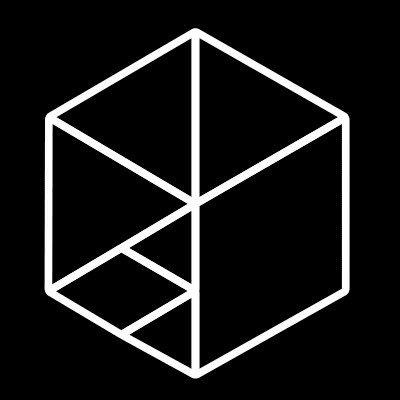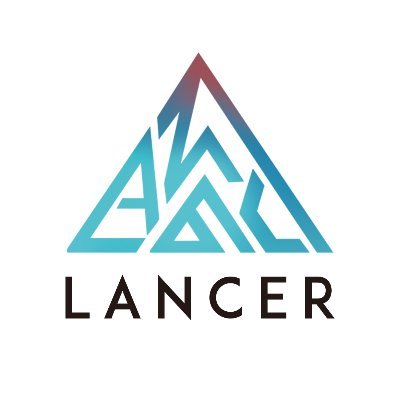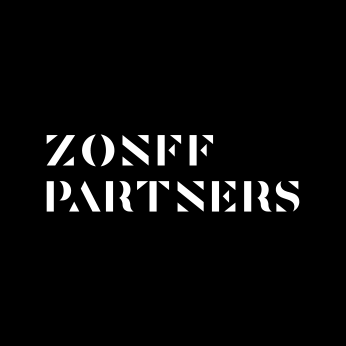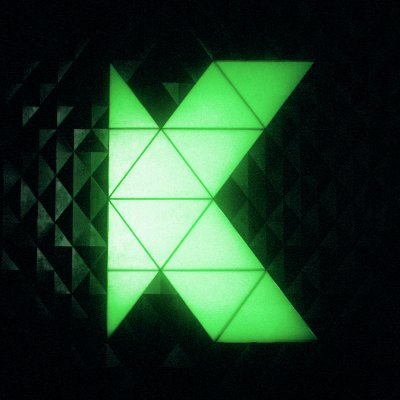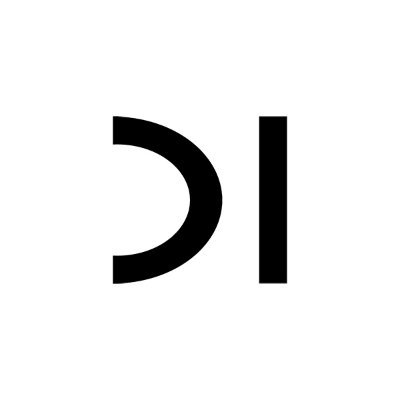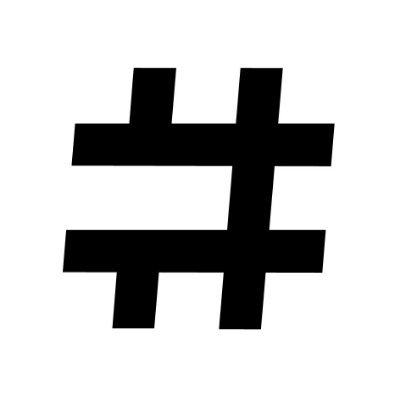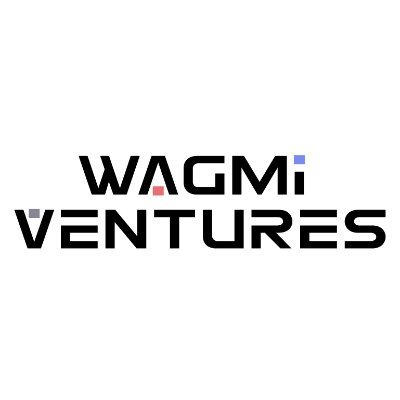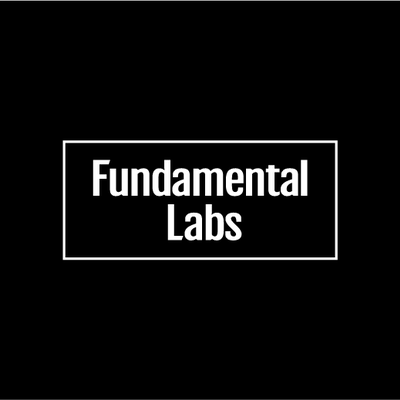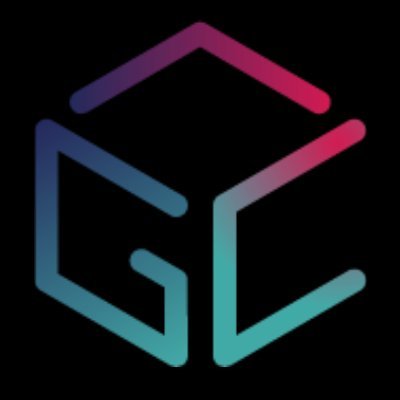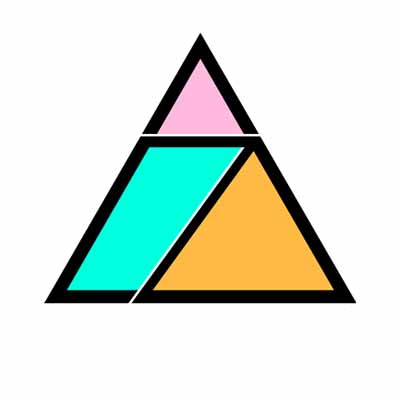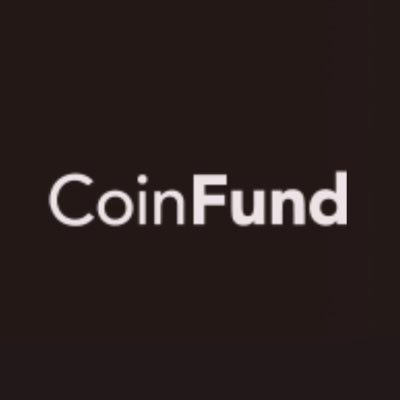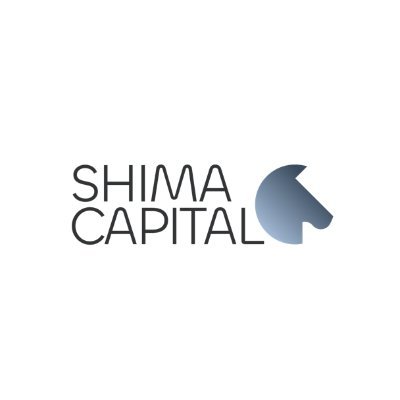Total MarketCap: $0 0
24H Vol: $0.00
BTC:
0 sat/vB
ETH: Gwei

Enable crypto investment for the global masses
Scan QR Code to Explore more key information

Enable crypto investment for the global masses
Categories:
Infra
Founded:
2017
Polkadot is a cross-chain protocol designed to connect and secure different blockchains. It provides interconnectivity and interoperability between them, enabling independent chains to securely exchange messages and perform transactions without relying on a trusted third-party. This allows for cross-chain transfers of data or assets between different blockchains, as well as the development of cross-chain DApps (decentralized applications) using the Polkadot Network. The Web3 Foundation is responsible for building Polkadot.
Polkadot Fundraising
Amount
$44M
Valuation
--
Date
Jul 28, 2020
Amount
--
Valuation
$1.2B
Date
Jun 28, 2019
Investor
Polkadot Team
Scan QR Code to Explore more key information
Polkadot
DOT
Categories:
Infra
Founded:
2017
Polkadot is a cross-chain protocol designed to connect and secure different blockchains. It provides interconnectivity and interoperability between them, enabling independent chains to securely exchange messages and perform transactions without relying on a trusted third-party. This allows for cross-chain transfers of data or assets between different blockchains, as well as the development of cross-chain DApps (decentralized applications) using the Polkadot Network. The Web3 Foundation is responsible for building Polkadot.
Polkadot Fundraising
Fundraising Event
| Round | Amount | Valuation | Date | Investors |
|---|---|---|---|---|
| -- | $44M | -- | Jul 28, 2020 | |
| -- | -- | $1.2B | Jun 28, 2019 | |
| ICO | $140M | -- | Oct 17, 2017 |
Investor
Polkadot Team
Powered by
Polkadot
DOT
$0
-3.36%




